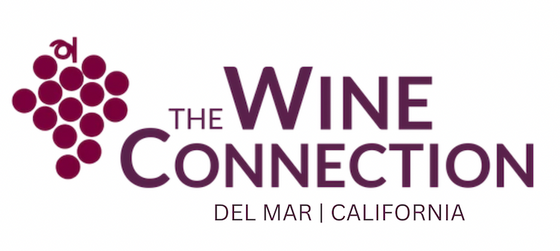2016 La Cappuccina Rosso Veneto “Campo Buri” Veneto Italy
$32.99 USD $35.99 USD
Winery Notes
"The name “Campo Buri” means “Field of the Buri family”, the former owners of this plot of land. This wine has a rich ruby red hue with warm sensations on the nose, enhanced by rich spiciness, with nuances of pepper, cloves, vanilla, berry fruits and mineral notes. Well-balanced and powerful. It develops greater complexity with age. It accompanies grilled or roasted red meats, mature cheeses to perfection."
Nose: it displays herbaceous notes that blend with suggestions of berry fruits (blackcurrants and bilberries) and spicy hints (pepper, cloves and vanilla).
Strip away the considerable geek appeal of this wine and what have you got? A delicious, substantial red with bottle age that drinks like a top-tier Right Bank Bordeaux at an exceptionally reasonable price. Sound good? Now add back the geeky stuff: This is a red from Carmenère, the onetime Bordeaux variety now found mostly in Chile, produced in one of the world’s other historic havens for the variety: an assortment of volcanic hills between Verona and Vicenza, in Italy’s Veneto region. La Cappuccina is best known as a producer of the Veneto’s classic white, Soave, but like several of its contemporaries in the region, the estate is home to heirloom plantings of Carmenère, whose genetic relationship to Cabernet Franc is readily evident in the glass. But again, the wine’s unique story is merely a bonus: What matters is what’s in the glass, and what’s in the glass is quite impressive. So, have no fear: It’s not such a big leap from Bordeaux to here!
As we’ve noted before, “Bordeaux” varieties such as Cabernet Sauvignon, Cabernet Franc, Merlot, and Carmenère have several centuries worth of history in Northern Italy, especially in the regions collectively known as the “Tre Venezie”: Veneto, Trentino/Alto Adige, and Friuli-Venezia Giulia. The influence of both the French and the Austrians is heavily felt in all these regions, likely going back to Napoleon’s time, if not further. Merlot has grown to become the seventh most-planted grape in all of Italy. Bordeaux-inspired “Super-Tuscans” such as “Masseto” and “Sassicaia” are listed among the greatest wines in the world. Meanwhile, Carmenère, once thought to be extinct (the Bordelais stopped planting it after phylloxera), has been hiding in plain sight all along: As DNA testing confirmed, significant pockets of this Cabernet Franc derivative—which has long been confused with Merlot by viticulturists—were found in Chile and Northeastern Italy, among other places.
The La Cappuccina estate takes its name from the Capuchin order of Franciscan monks, who once worshiped in a 16th-century chapel on the property. Owned since 1890 by successive generations of the Tessari family, the estate, headquartered in the village of Monteforte d’Alpone, sits in the heart of the Soave production zone. The Tessaris are considered pioneers in the region for their relatively early embrace of organic farming in the mid-1980s; overall, they tend more than 100 acres of vines in the mostly volcanic soils of this part of Soave.
“Campo Buri” is named for the former owners (the Buri family) of the vineyard plot that supplies this bottling. Combining 90% Carmenère with 10% of a perfumed local blending variety called Oseleta—a traditional variety found in some Valpolicella blends—the wine is crafted from fully destemmed grapes that are fermented in stainless steel and aged 14 months in new French oak barriques. It then spends at least another year in bottle before release, but, as is plain to see, this ’16 has had even more time to evolve into the voluptuous stunner it is today. It is seriously good, and it is not done evolving, should you decide to keep a few bottles for revisiting in the future.
The level of sophistication, depth, and polish this 2016 delivers at this price point is just remarkable. In the glass it’s a nearly opaque ruby-purple moving to a garnet rim, with seductive aromas of black raspberry, cassis, mulberry, black cherry, tobacco, ground coffee, graphite, and warm spices. It is medium-plus in body and beautifully balanced between fruity and earthy, with silky tannins that allow for immediate enjoyment. Decant it 15-30 minutes before serving in Bordeaux stems at 60-65 degrees and we guarantee it’ll stand toe-to-toe with some of your favorites from the Médoc. One of the culinary specialties of this wine’s home region of Verona is duck, so if you’re up for a project, the attached pasta recipe would make a perfect pairing. Do yourself a favor and take a chance on this one—you will not be sorry!
Share:


